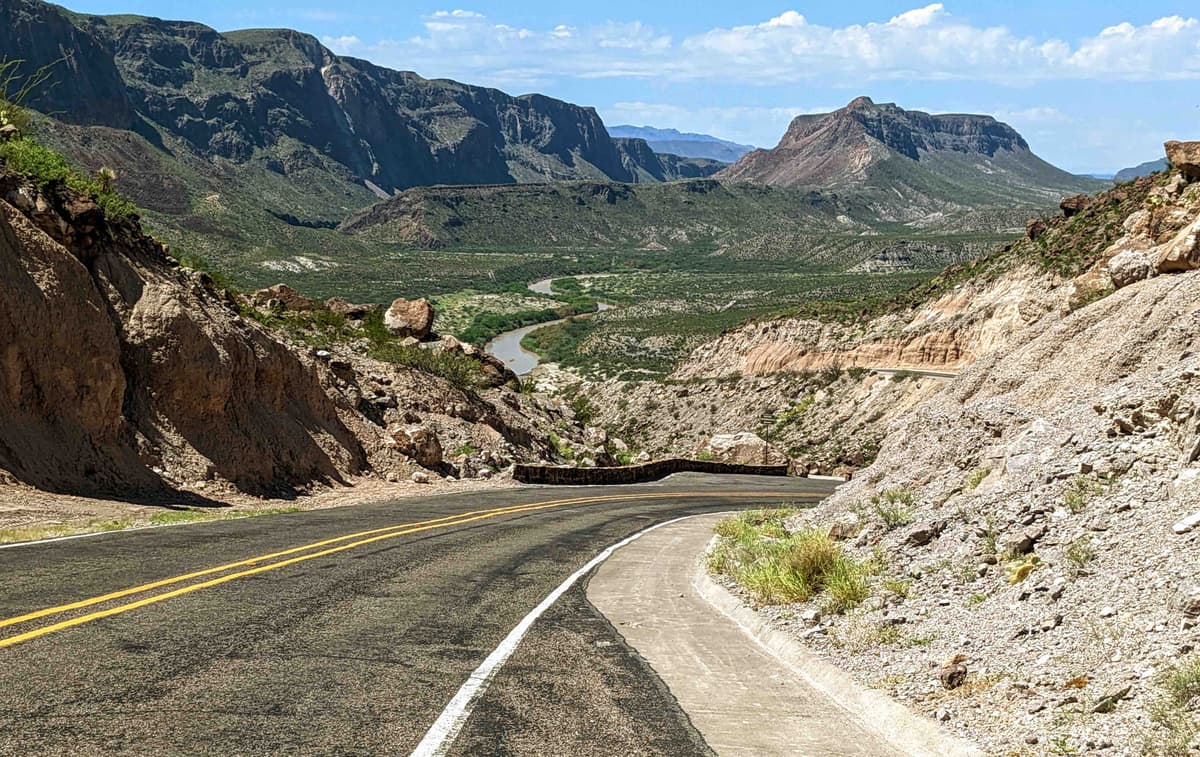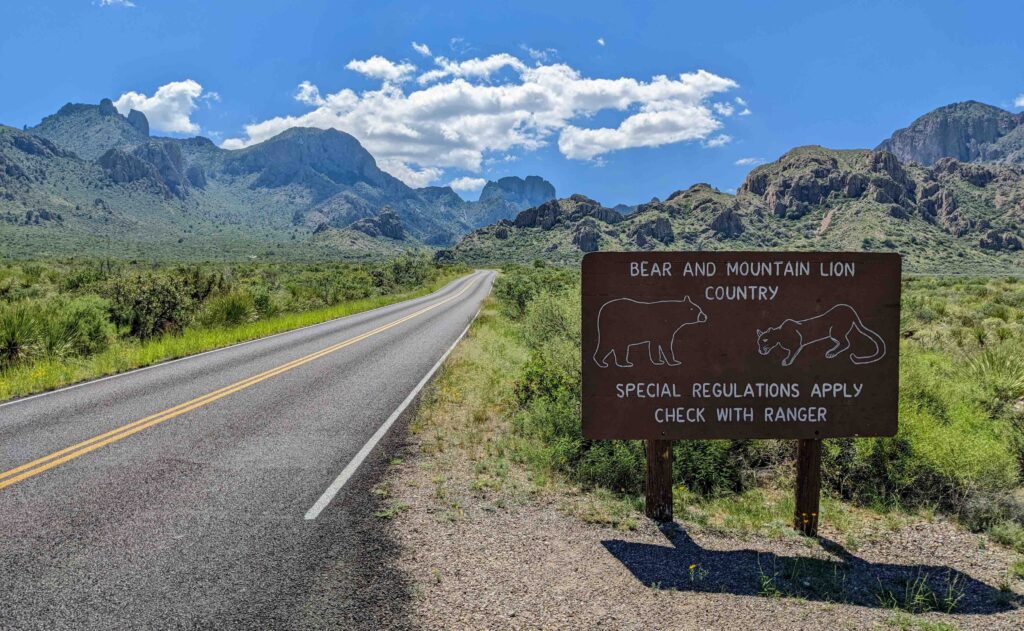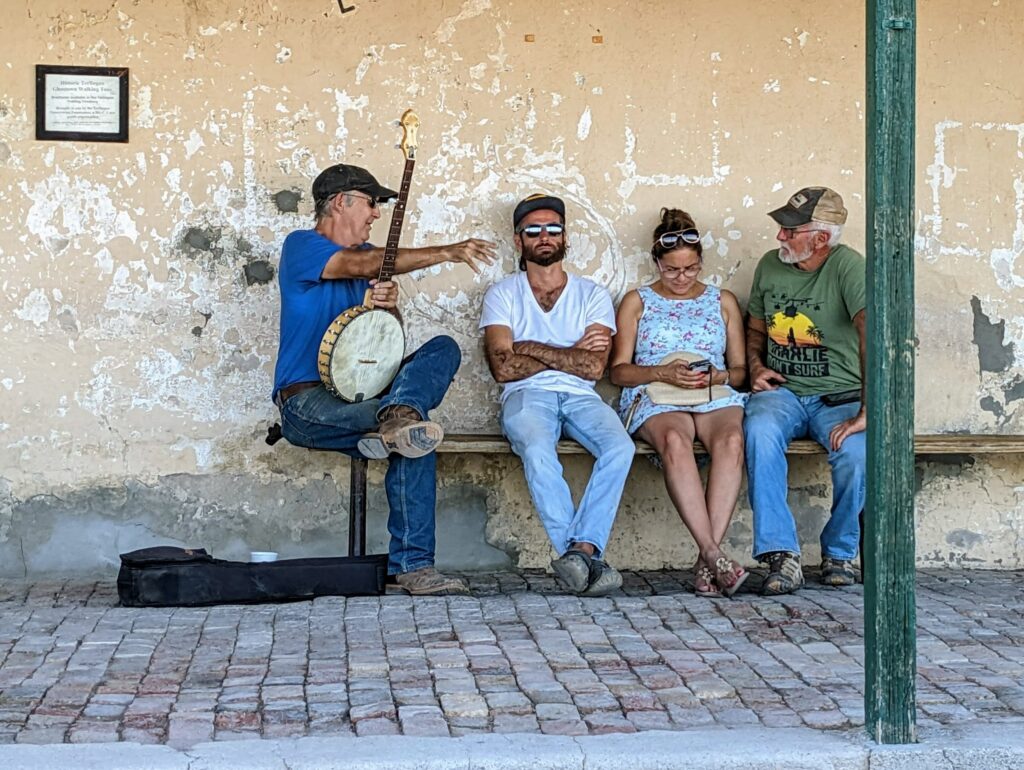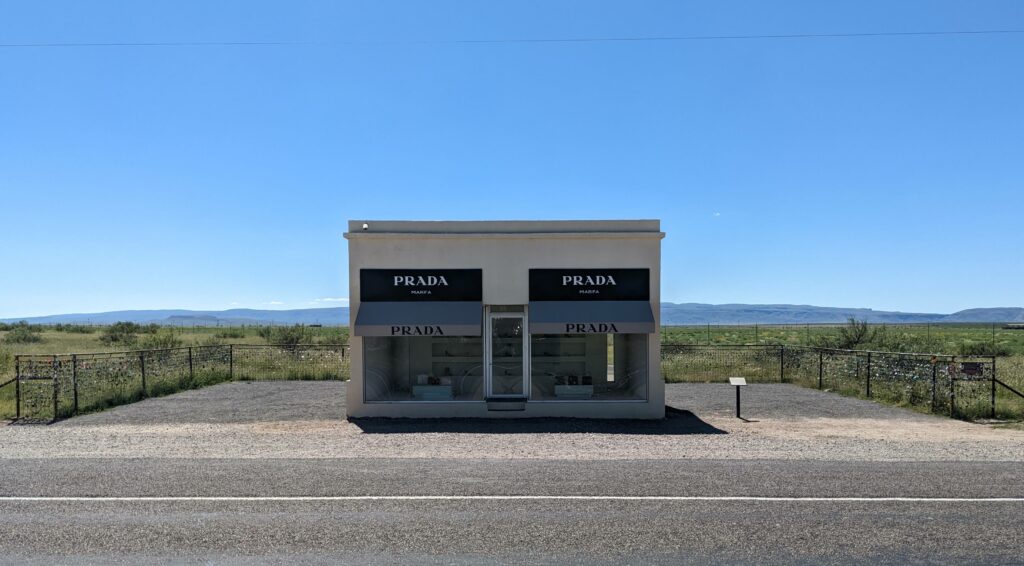In Far West Texas, a Quiet Corner of the U.S.-Mexico Border
In far west Texas, it’s possible to drive 80 mph down a two-lane highway for half an hour and not encounter a single other vehicle.

Americans who spend all of their time on the coasts tend to forget just how vast this place we call home really is. Anyone griping that the country is too crowded is either a fool or a couch potato.
In far west Texas, it’s possible to drive 80 mph down a two-lane highway for half an hour and not encounter a single other vehicle. There will be a few ranch gates with dusty driveways leading off to the horizon, maybe some cattle huddled around a windmill and cistern, and more than a few turkey vultures, but no fast food joints, no gas stations, and no habitable human dwellings.
The U.S.-Mexico border is not far, but it’s a border very different from the one elsewhere in Texas. To the west, in downtown El Paso, just blocks from swanky new hotels and a minor league baseball park, Venezuelans are pouring in by the thousands and camping on the sidewalks before being bused off to cities in the interior. To the east, near Del Rio, Cubans and Haitians are drowning as they try to swim across the swollen Rio Grande.
Midway between those two extremes is what’s known as the Big Bend. Here, the border is almost an afterthought. The Rio Grande wends its way through the Chihuahuan desert with nary a footprint on either bank.
The main attraction in the region is the Big Bend National Park, one of the most remote, least-visited, and deadliest national parks in the lower 48. Crowned by the Chisos mountains, the park straddles the border with 1,250 square miles of sheer copper canyons, rattlesnake-infested desert, and some of the darkest night skies one is likely to encounter in North America.
Getting to Big Bend requires a lead foot and lots of gas. The nearest town to the north entrance, Marathon (pop. 365), is nearly 70 miles down a road that is nothing but horizon in every direction. Daytime temperatures among the rocks, agave, and spiky yucca plants are in the 90s most of the year, and usually above 100 in the summer. Trying to cross the expanse on foot would be suicidal.

Big Bend is smack in the middle of the largest U.S. section of the Chihuahuan desert, which covers most of west Texas and parts of New Mexico, along with big chunks of three Mexican states. It is the largest desert in North America.
It wasn’t always so dry. About 100 million years ago, it was covered by an ocean that stretched all the way to Canada and harbored alligator-like sea creatures called mosasaurs that were longer than telephone poles. When the earth lifted 20 million years later, sending the ocean back into the Gulf of Mexico, the area became a swamp and home to all sorts of dinosaurs. Its current desert form is only 8,000 years old, give or take a few centuries.
Approaching from the north, the park’s most salient feature is the 40-square-mile Chisos mountain range that hugs the Rio Grande. Now criss-crossed by 150 miles of hiking trails of varying lengths and difficulty, the basin, with peaks rising to nearly 8,000 feet, was a favorite stomping ground of Mescalero Apaches, who used it as a base to attack surrounding settlements in the 18th century. Hikers are as likely to encounter black bears and mountain lions as they are other people among the ponderosa pines, aspens, and Arizona cypress trees that blanket the basin.
At the west entrance to the park is the storied Texas town of Terlingua, a former mining village that at one time produced 40 percent of the quicksilver mined in the United States. In the early 1940s, the Chisos Mining Company declared bankruptcy and its 1,000 residents scattered, leaving behind a ghost town of half-collapsed stone and adobe structures, as well as a small graveyard that remains in use to this day.
Hippies discovered Terlingua in the late 1960s and popularized it as something of a mecca for misfits and loners looking for an escape hatch. A popular 1973 outlaw country music album by Jerry Jeff Walker — “¡Viva Terlingua!” — and its designation as the Chili Capital of the World cemented its reputation as a haven for eccentrics.

Terlingua in 2022 is a grubby, dry desert town with only a couple hundred residents, many of whom seem to live in trailers, RVs, or mobile homes. Many manage the Instagram-worthy white domes and yurts that dot the surrounding desert and are listed on Airbnb as “glamping” options. They gather on the porch of the Terlingua Trading Company, which deals mostly in tourist kitsch, and at the surprisingly good Starlight Theater restaurant next door, picking at banjos and swapping stories about tourists who have died from dehydration in the desert and arguing about which dog in town is most adept at catching rattlesnakes. Yappy, a chihuahua mix, is the current favorite.
The road west out of Terlingua toward Presidio, 62 miles up the border, is Texas farm-to-market road 170 — known locally as the “River Road” — a route often described as the most spectacular in all of Texas. Much of it passes through the Big Bend Ranch State Park, another favored hiking ground, and during the summer monsoons the arroyos that cross it can quickly turn into torrents, making it all but impassable. Absent rains, however, the paved road meanders calmly through the canyons with only hairpin turns, steep grades, and an occasional fallen boulder to slow down drivers.
Driving north out of Presidio, U.S. Highway 67 climbs out of the Rio Grande Valley to another mining ghost town, Shafter, where all that remains of its glory days as a main source of silver in America is a picturesque adobe church and a few stone huts. A Supreme Court justice, Antonin Scalia, died in his sleep at the nearby Cibolo Creek Ranch after an afternoon of quail hunting in the grasslands that stretch for miles in all directions in the area.

The West Texas town that gets the most ink these days — for better or worse — is 60 miles north of Presidio in the middle of those same grasslands: Marfa. If the vibe at Terlingua is grizzled hippie and Lone Star beer, that in Marfa is Austin hipster and craft cocktails made by bartenders with attitude. It retains remnants of its ranching history, but Marfa is known these days as much for its galleries, installation art, expensive boutiques, and $95-a-head prix fixe meals at restaurants like Cochineal as it is for pickup trucks and high school football.
Despite Beyonce’s imprimatur, however, there’s no escaping the reality of West Texas — even in Marfa. Headed west out of town on highway 90, before one reaches the famed Prada replica store that Vogue magazine called a “fashion girl’s Statue of Liberty,” there’s a sign by the side of the road. “No Services for 74 miles,” it reads. No services, in these parts, means no services. When locals tell you to gas up when you can as opposed to when you need to, it’s best to take heed.

